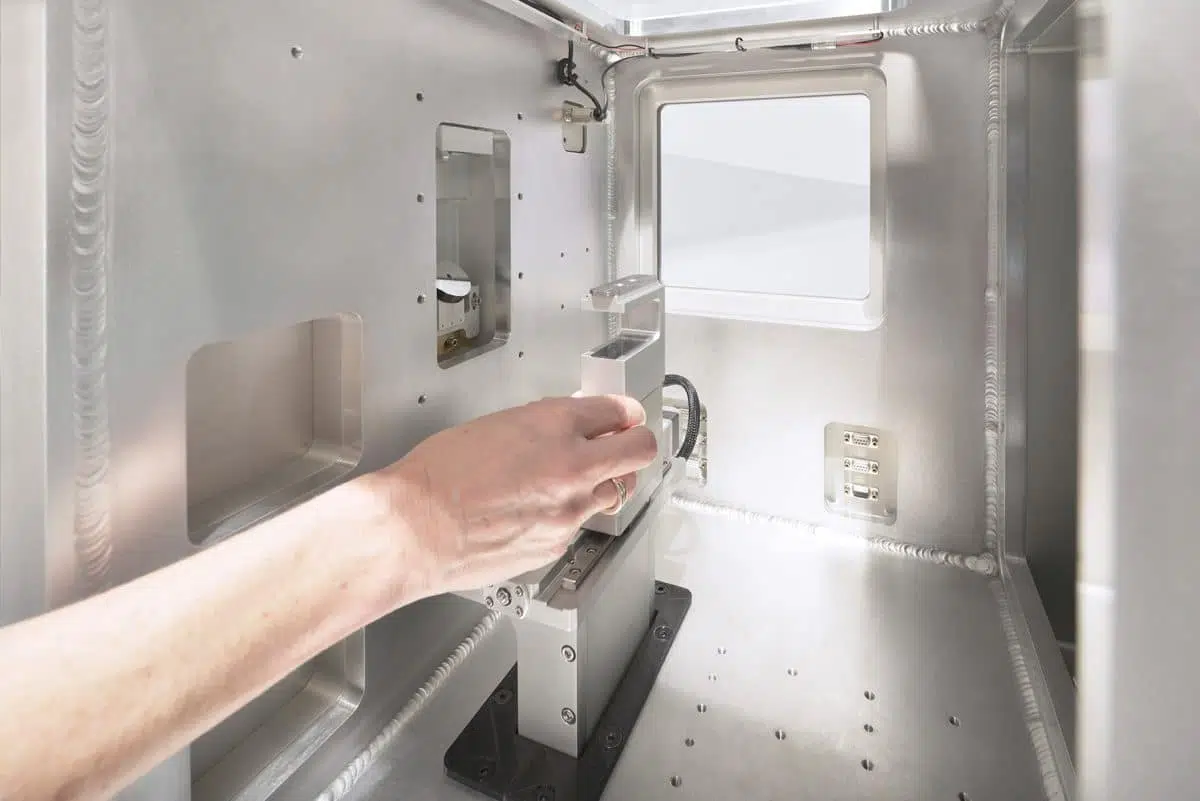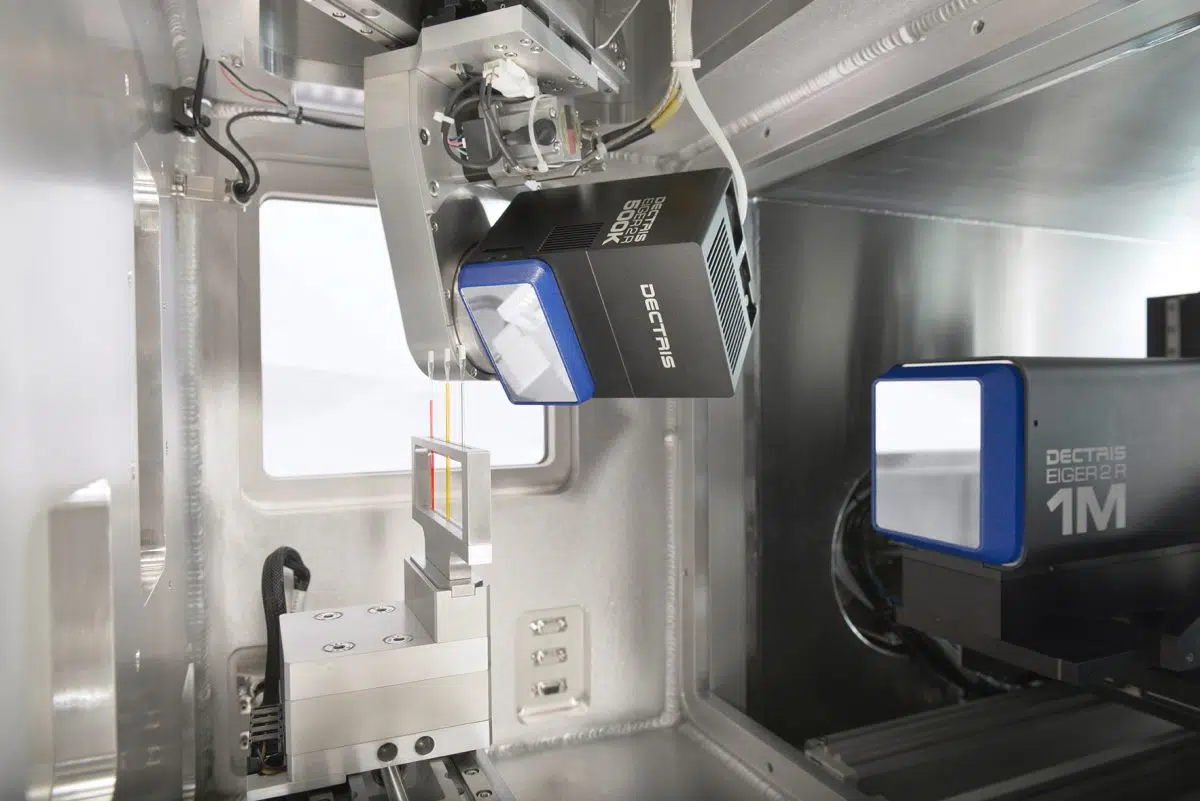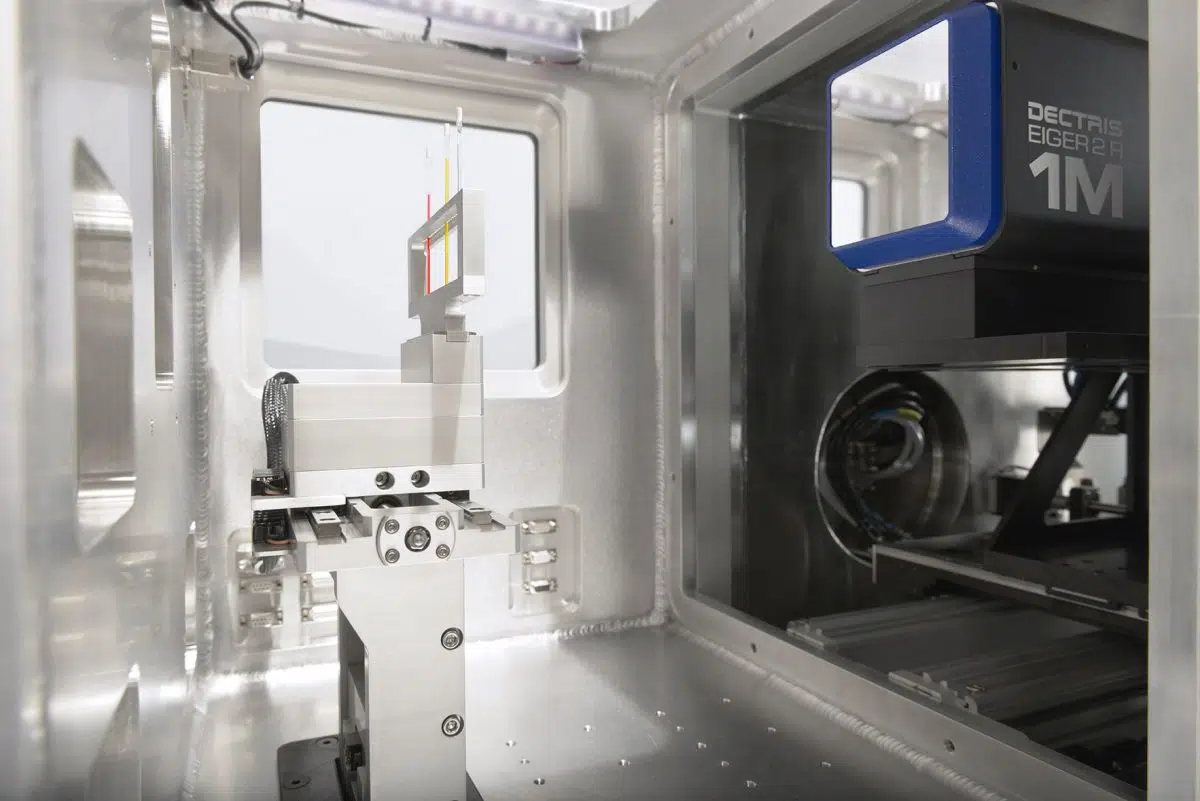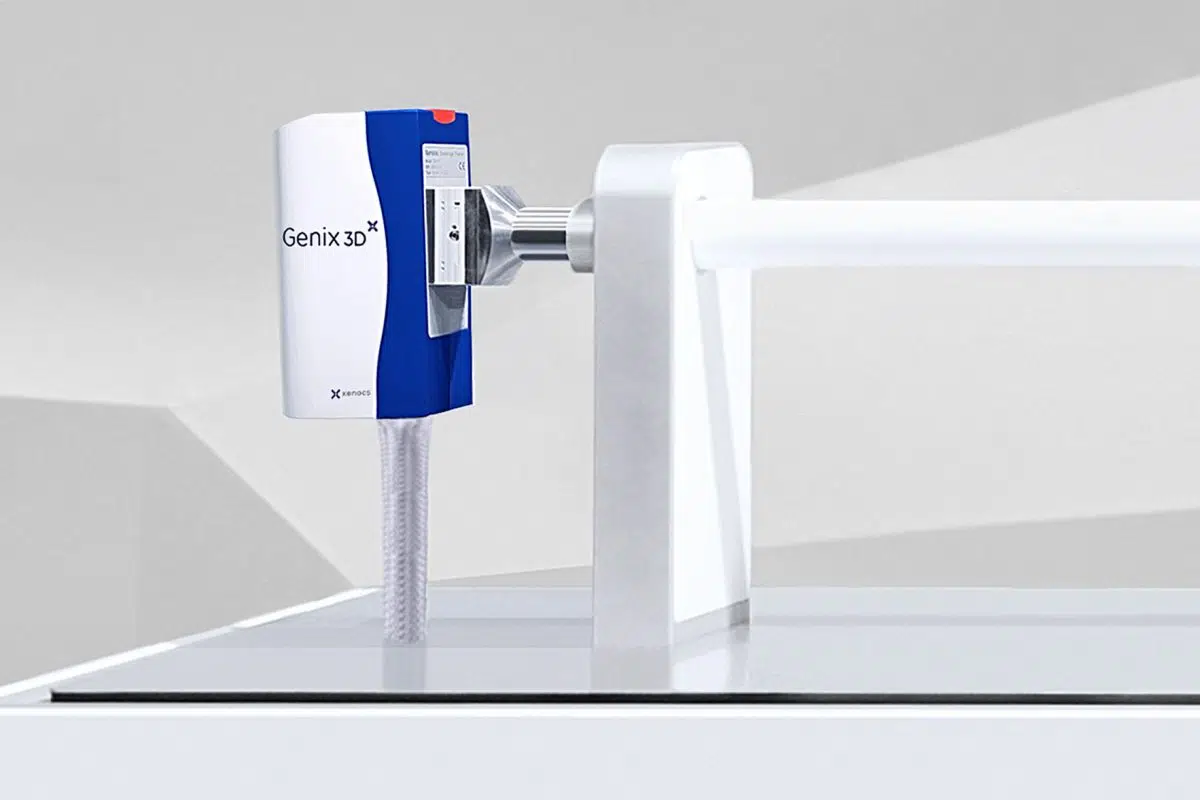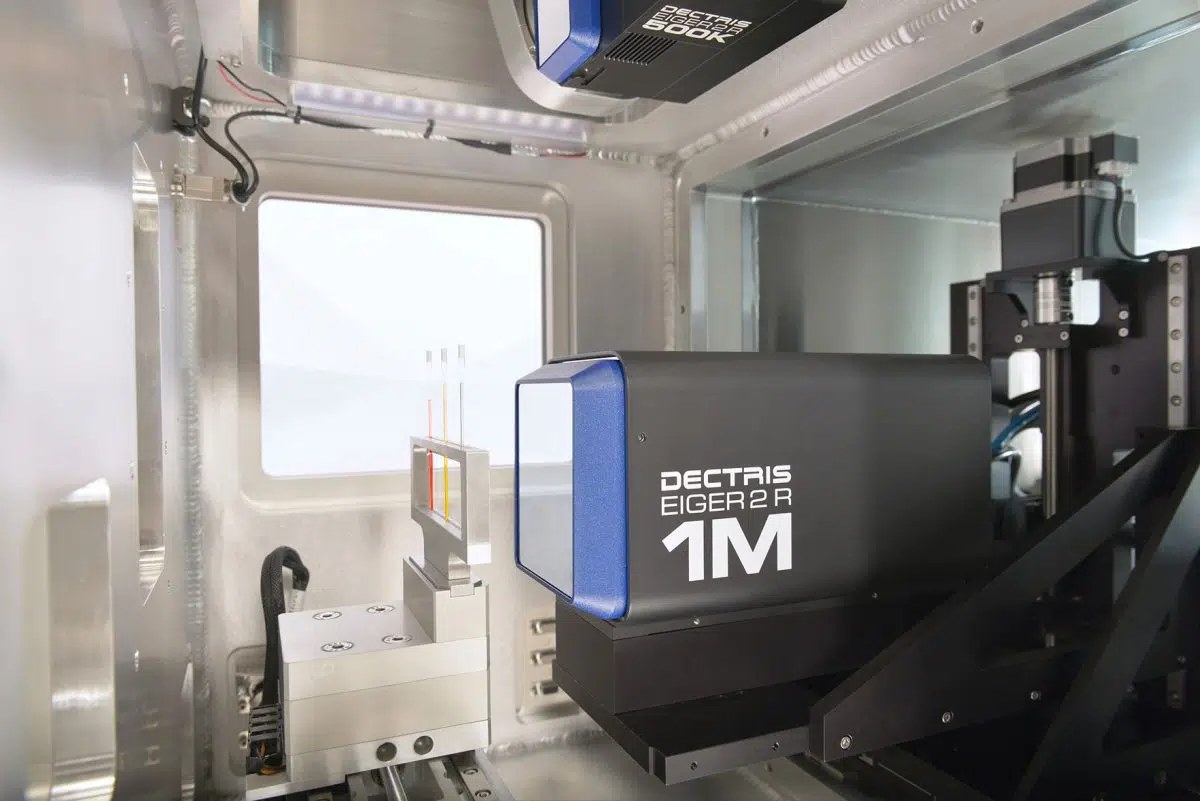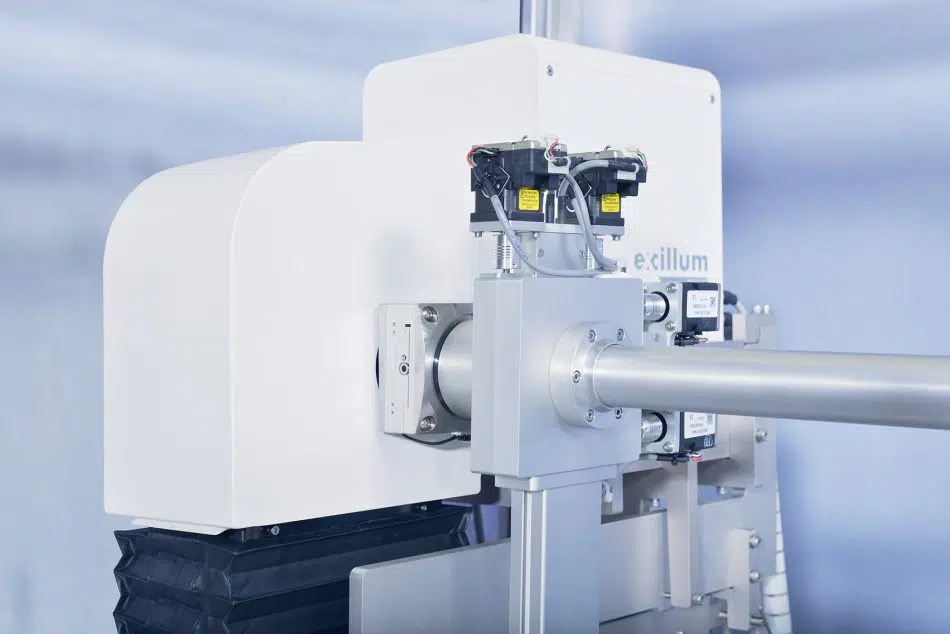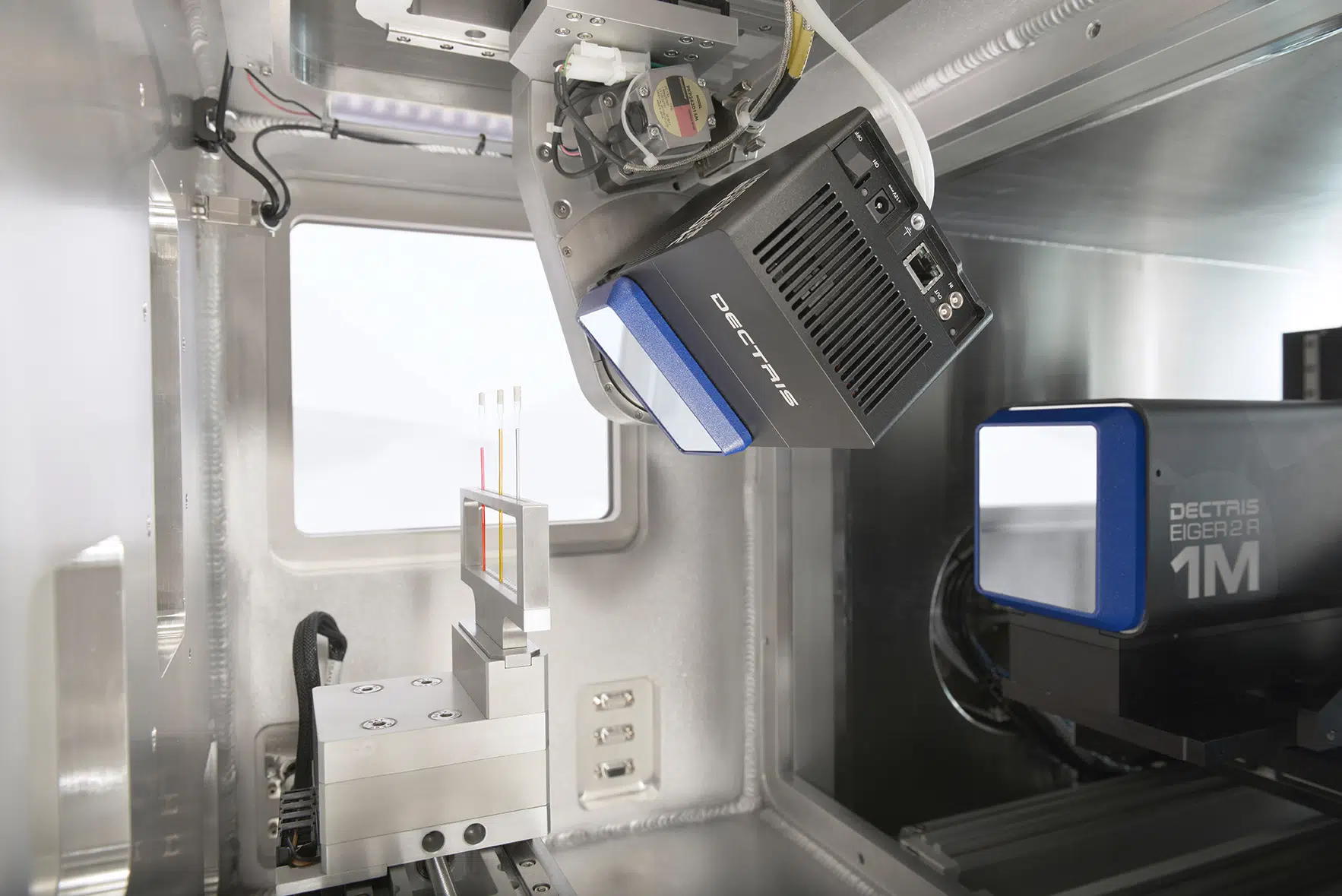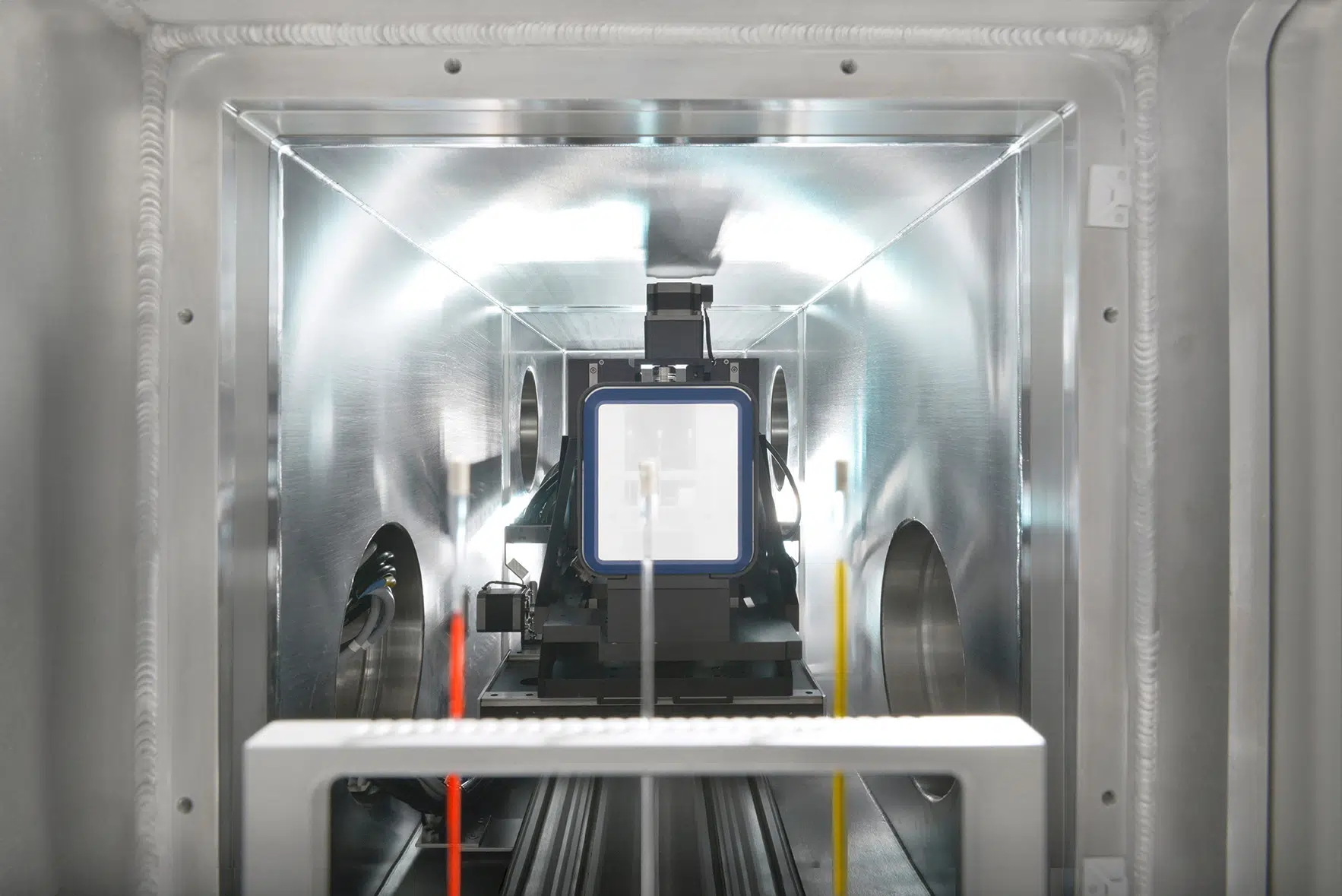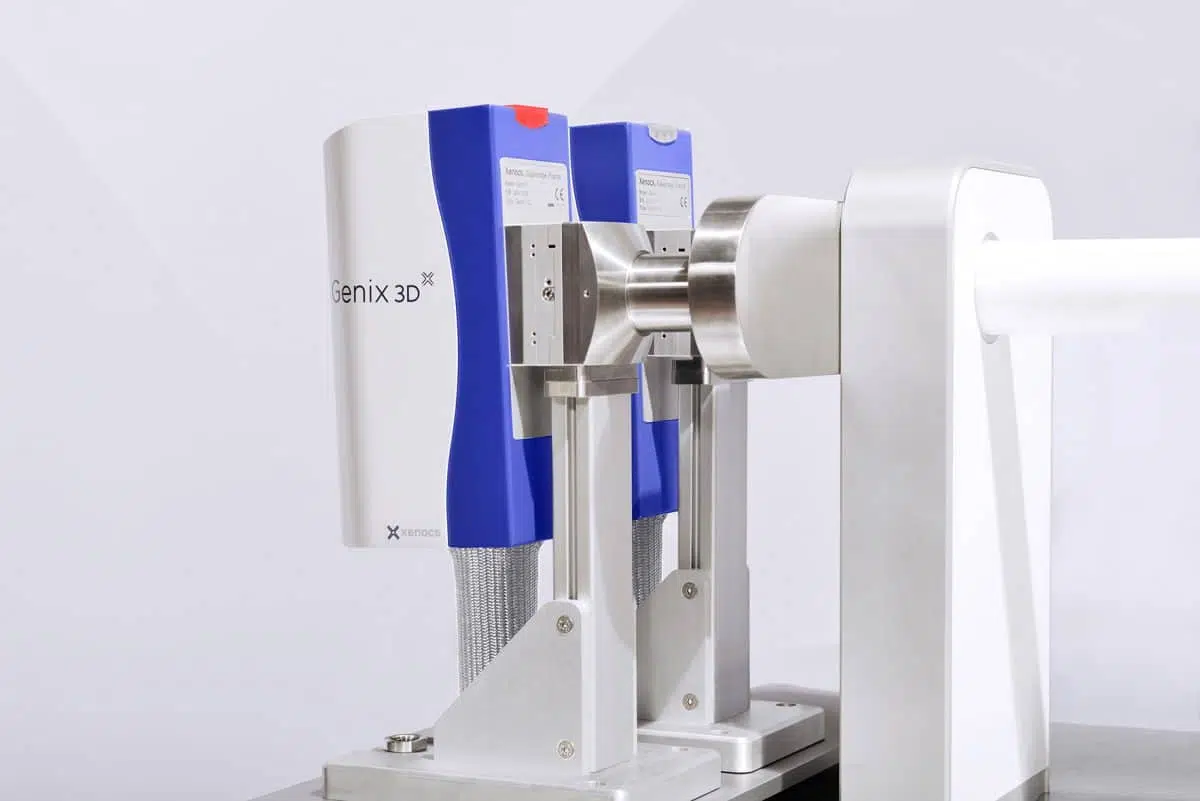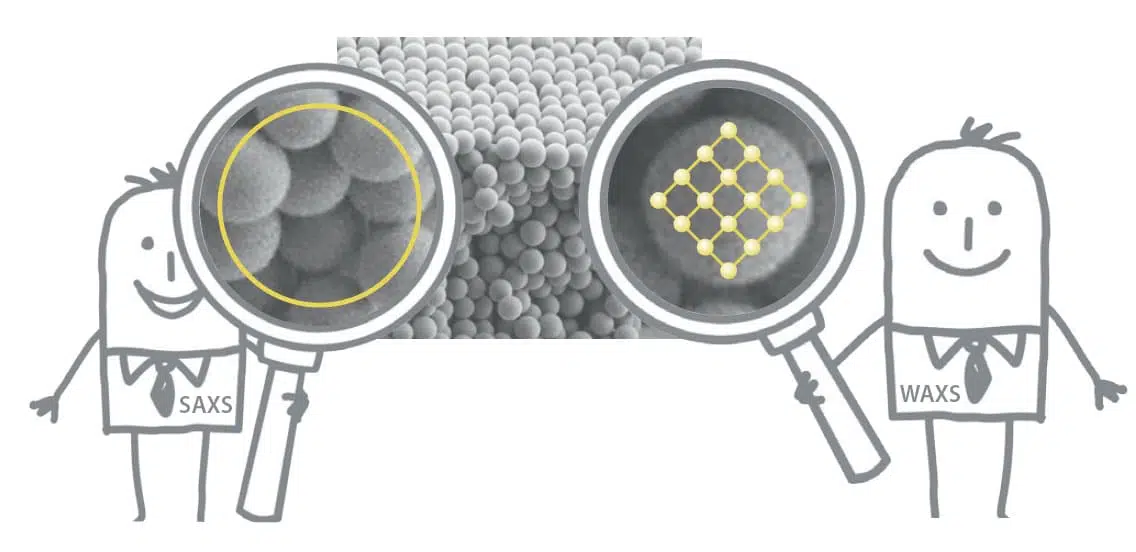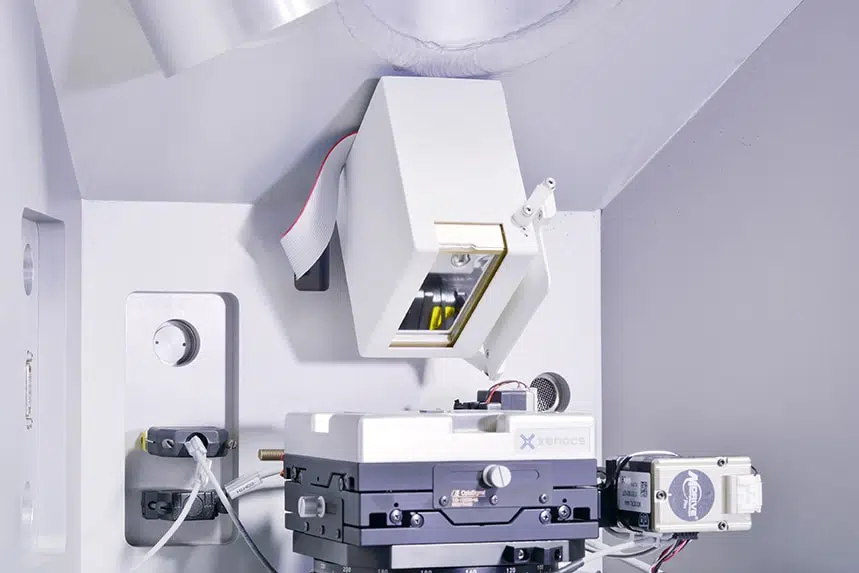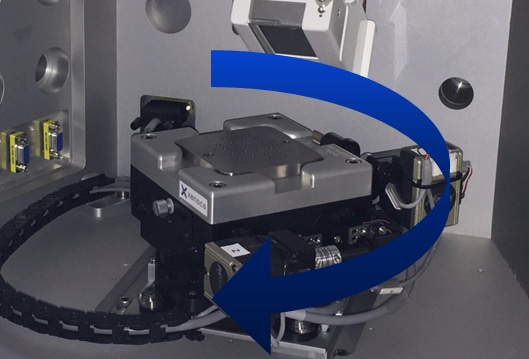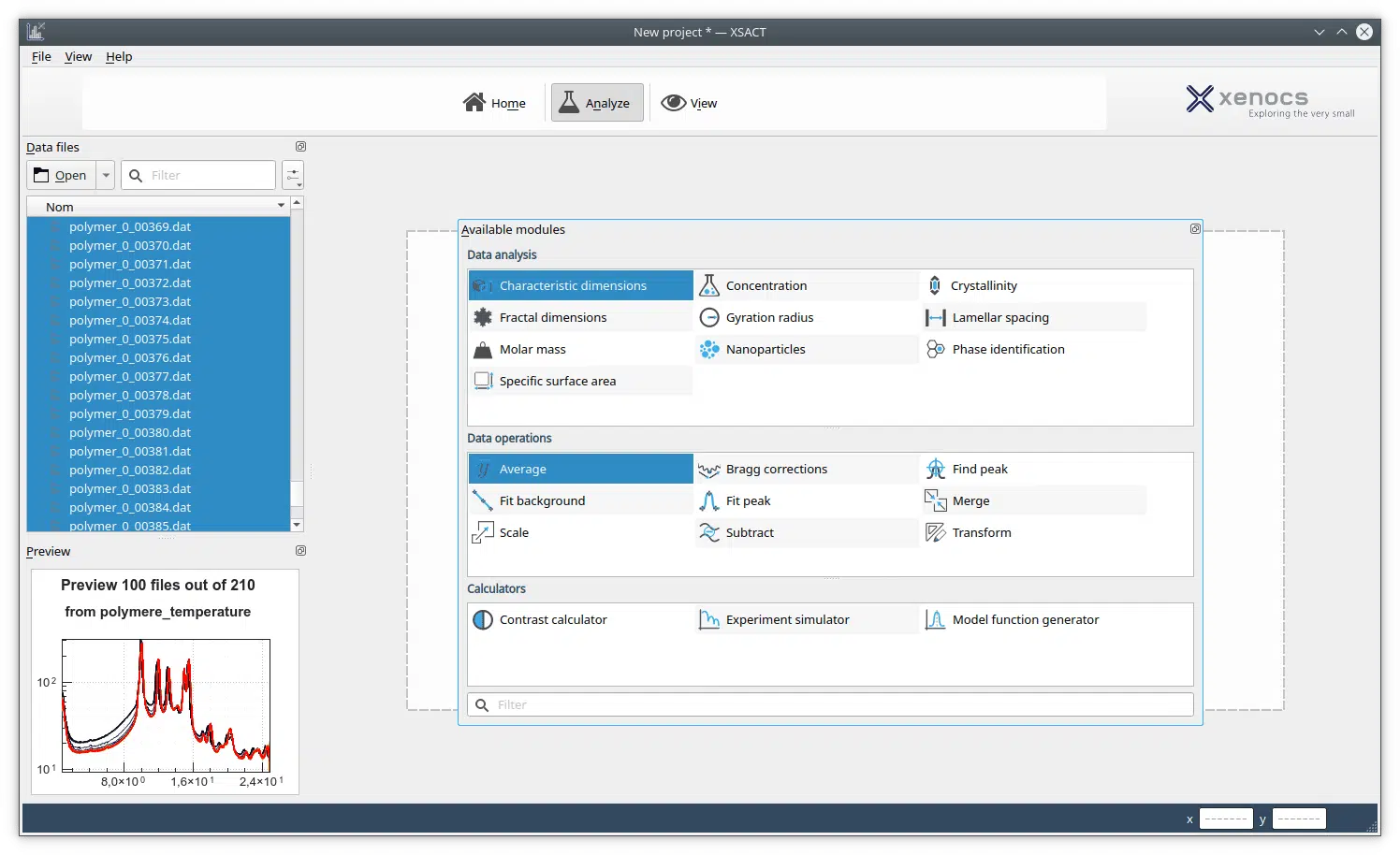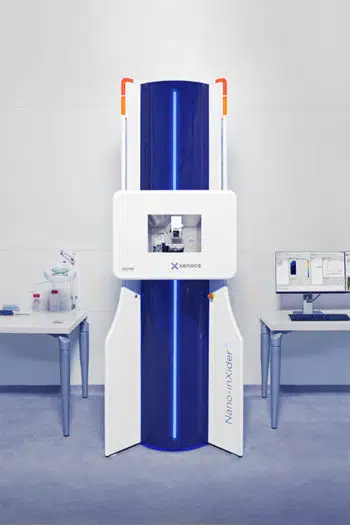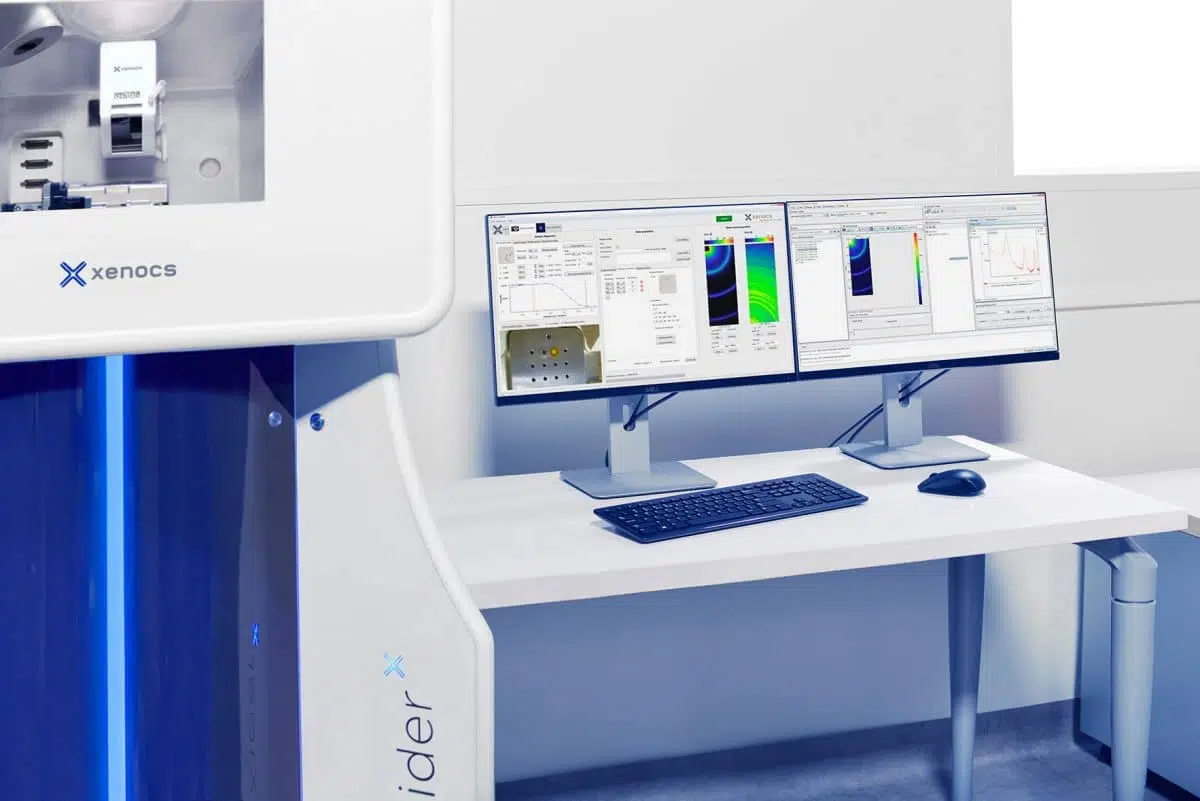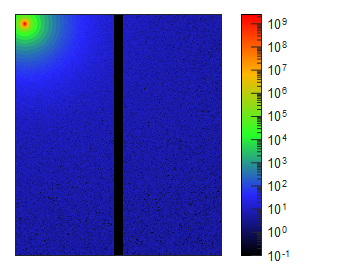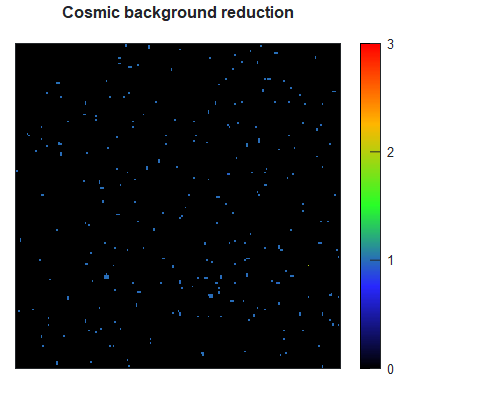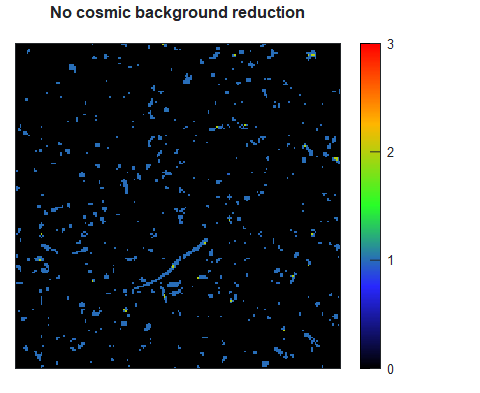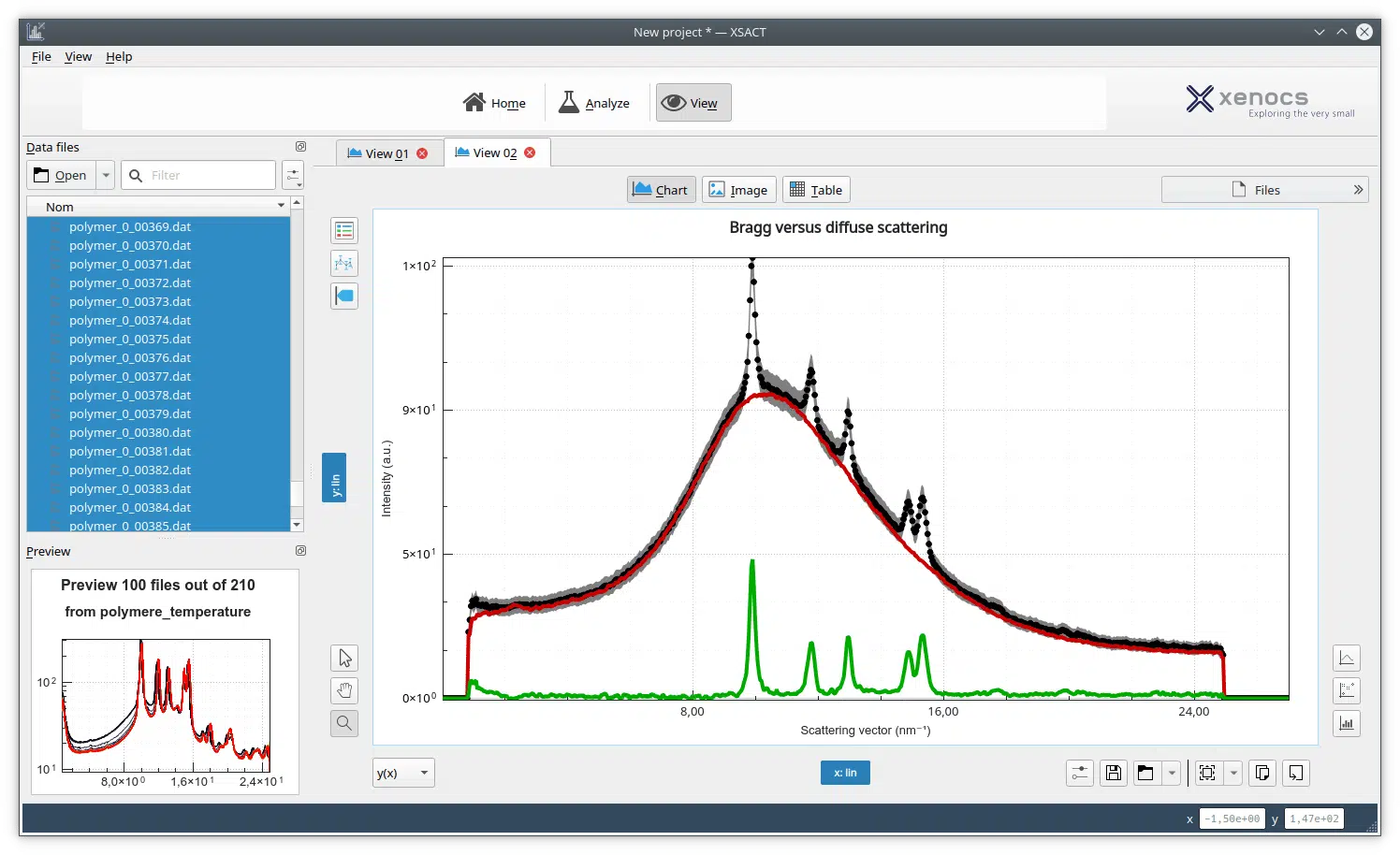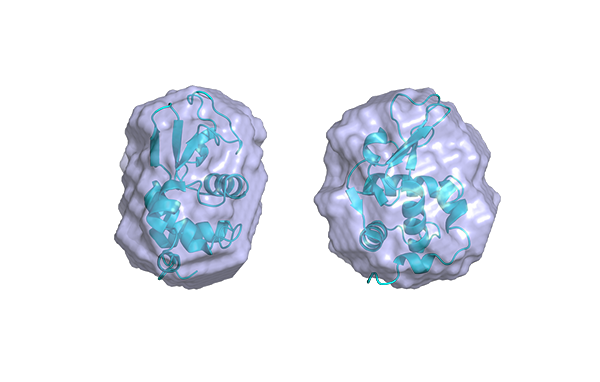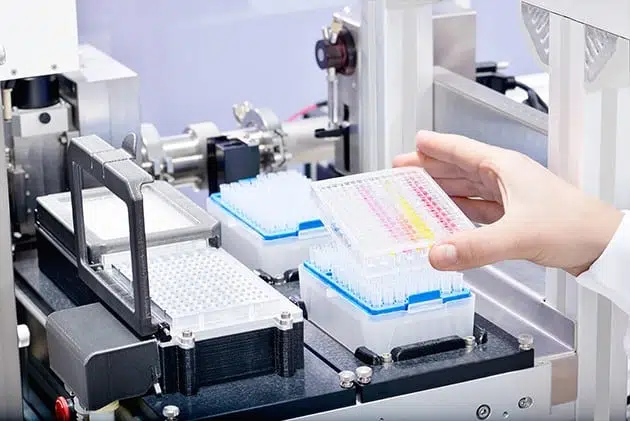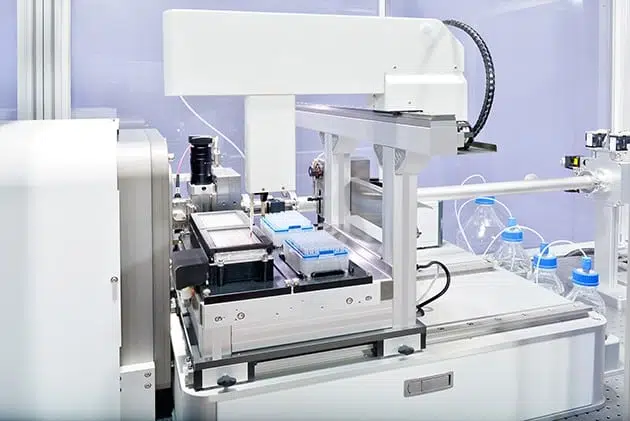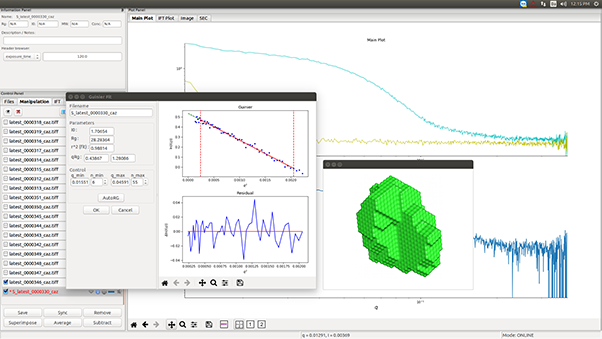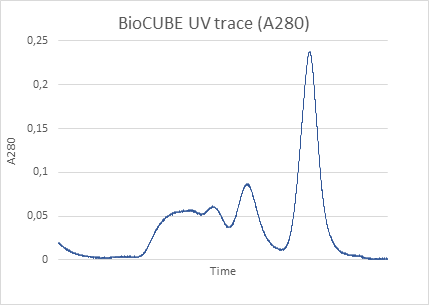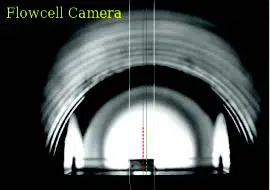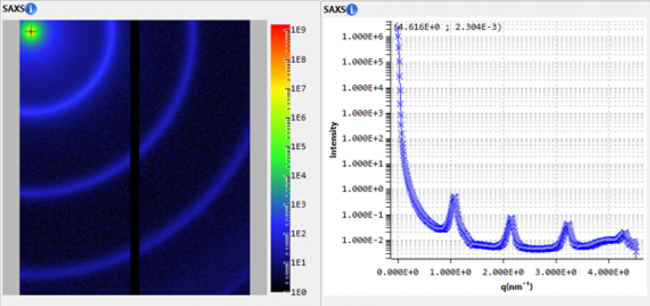Lüdel, Frank; Bufe, Sandra; Bleymüller, Willem M.; de Jonge, Hugo; Iamele, Luisa; Niemann, Hartmut H.; Hellweg, Thomas
Distinguishing Between Monomeric scFv and Diabody in Solution Using Light and Small Angle X-ray Scattering
Depending on the linker length between the V H and the V L domain, single-chain Fv (scFv) antibody fragments form monomers, dimers (diabodies) or higher oligomers. We aimed at generating a diabody of the anti-MET antibody 3H3 to use it as crystallization chaperone to promote crystallization of the MET ectodomain…
Antigenic and physicochemical characterization of Hepatitis B surface protein under extreme temperature and pH conditions
Lopes, J. L. S.; Oliveira, D. C. A.; Utescher, C. L. A.; Quintilio, W.; Tenório, E. C. N.; Oliveira, C. L. P.; Fantini, M. C. A.; Rasmussen, M. K.; Bordallo, H. N.; Sant’Anna, O. A.; Botosso, V. F.
Hepatitis B virus causes acute and chronic infections in millions of people worldwide and, since 1982, a vaccine with 95% effectiveness has been available for immunization. The main component of the recombinant hepatitis B vaccine is the surface antigen protein (HBsAg). In this work, the effect of pH, ionic strength…
Nanoscopic Structure of Complexes Formed between DNA and the Cell-Penetrating Peptide Penetratin
de Mello, Lucas Rodrigues; Hamley, Ian William; Castelletto, Valeria; Garcia, Bianca Bonetto Moreno; Han, Sang Won; de Oliveira, Cristiano Luis Pinto; da Silva, Emerson Rodrigo
One of the most remarkable examples of cell-penetrating peptides (CPPs) is Penetratin, a 16-mer fragment derived from the Drosophila Antennapedia homeobox. Understanding the structure of Penetratin/DNA complexes is a key factor for the successful design of new vectors for gene delivery and may assist in optimizing molecular carriers based on…
Proinflammatory Action of a New Electronegative Low-Density Lipoprotein Epitope
Faulin, Tanize do Espirito Santo; Kazuma, Soraya Megumi; Tripodi, Gustavo Luis; Cavalcante, Marcela Frota; Wakasuqui, Felipe; Oliveira, Cristiano Luis Pinto; Degenhardt, Maximilia Frazão de Souza; Michaloski, Jussara; Giordano, Ricardo José; Ketelhuth, Daniel Francisco Jacon; Abdalla, Dulcineia Saes Parra
The electronegative low-density lipoprotein, LDL (?), is an endogenously modified LDL subfraction with cytotoxic and proinflammatory actions on endothelial cells, monocytes, and macrophages contributing to the progression of atherosclerosis. In this study, epitopes of LDL (?) were mapped using a phage display library of peptides and monoclonal antibodies reactive to…
X-ray Scattering and Coarse-Grained Simulations for Clustering and Interactions of Monoclonal Antibodies at High Concentrations
Dear, Barton J.; Bollinger, Jonathan A.; Chowdhury, Amjad; Hung, Jessica J.; Wilks, Logan R.; Karouta, Carl A.; Ramachandran, Kishan; Shay, Tony Y.; Nieto, Maria P.; Sharma, Ayush; Cheung, Jason K.; Nykypanchuk, Dmytro; Godfrin, P. Douglas; Johnston, Keith P.; Truskett, Thomas M.
Attractive proteinprotein interactions (PPI) in concentrated monoclonal antibody (mAb) solutions may lead to reversible oligomers (clusters) that impact colloidal stability and viscosity. Herein, the PPI are tuned for two mAbs via the addition of arginine (Arg), NaCl, or ZnSO4 as characterized by the structure factor (Seff(q)) with small-angle X-ray scattering…
Controlling Crystal Texture in Programmable Atom Equivalent Thin Films
Gabrys, Paul A.; Macfarlane, Robert J.
DNA is a powerful tool in the directed assembly of nanoparticle based superlattice materials, as the predictable nature of WatsonCrick base pairing allows DNA-grafted particles to be programmably assembled into unit cells that arise from the complete control of nanoparticle coordination environment within the lattice. However, while the local environment…
The influence of pH, protein concentration and calcium ratio on the formation and structure of nanotubes from partially hydrolyzed bovine ?-lactalbumin
Geng, XiaoLu; Kirkensgaard, Jacob Judas Kain; Arleth, Lise; Otte, Jeanette; Ipsen, Richard
Formation of nanotubes from partially hydrolysed ?-lactalbumin (?-La) was investigated at five pH values, two concentrations of ?-La and two calcium levels. Nanotubes were formed under almost all combinations of the investigated factors, and for the first time the formation of nanotubes at low pH (4.0) and low protein concentration…
The role of disaccharides for proteinprotein interactions a SANS study
Olsson, Christoffer; Swenson, Jan
The disaccharide trehalose has shown outstanding anti-aggregation properties for proteins, which are highly important for the possibility to treat neurodegenerative diseases, such as Alzheimers and Huntingtons disease. However, the role and mechanism of trehalose for such stabilising effects are still largely unknown, partly because a direct structural picture of how…
Encapsulation of Aspartic Protease in Nonlamellar Lipid Liquid Crystalline Phases
Valldeperas, Maria; Talaikis, Martynas; Dhayal, Surender K.; Veli?ka, Martynas; Barauskas, Justas; Niaura, Gediminas; Nylander, Tommy
Encapsulation of proteins within lipid inverse bicontinuous cubic phases (Q2) has been widely studied for many applications, such as protein crystallization or drug delivery of proteins for food and pharmaceutical purposes. However, the use of the lipid sponge (L3) phase for encapsulation of proteins has not yet been well explored.…
Aggregation behavior of the amyloid model peptide NACore
Pallbo, Jon; Sparr, Emma; Olsson, Ulf
The aggregation of the 11 residue long NACore peptide segment of ?-synuclein (68-GAVVTGVTAVA-78) has been investigated using a combination of cryogenic transmission electron microscopy (cryo-TEM), small- and wide-angle X-ray scattering, and spectroscopy techniques. The aqueous peptide solubility is pH dependent, and aggregation was triggered by a pH quench from pH…





